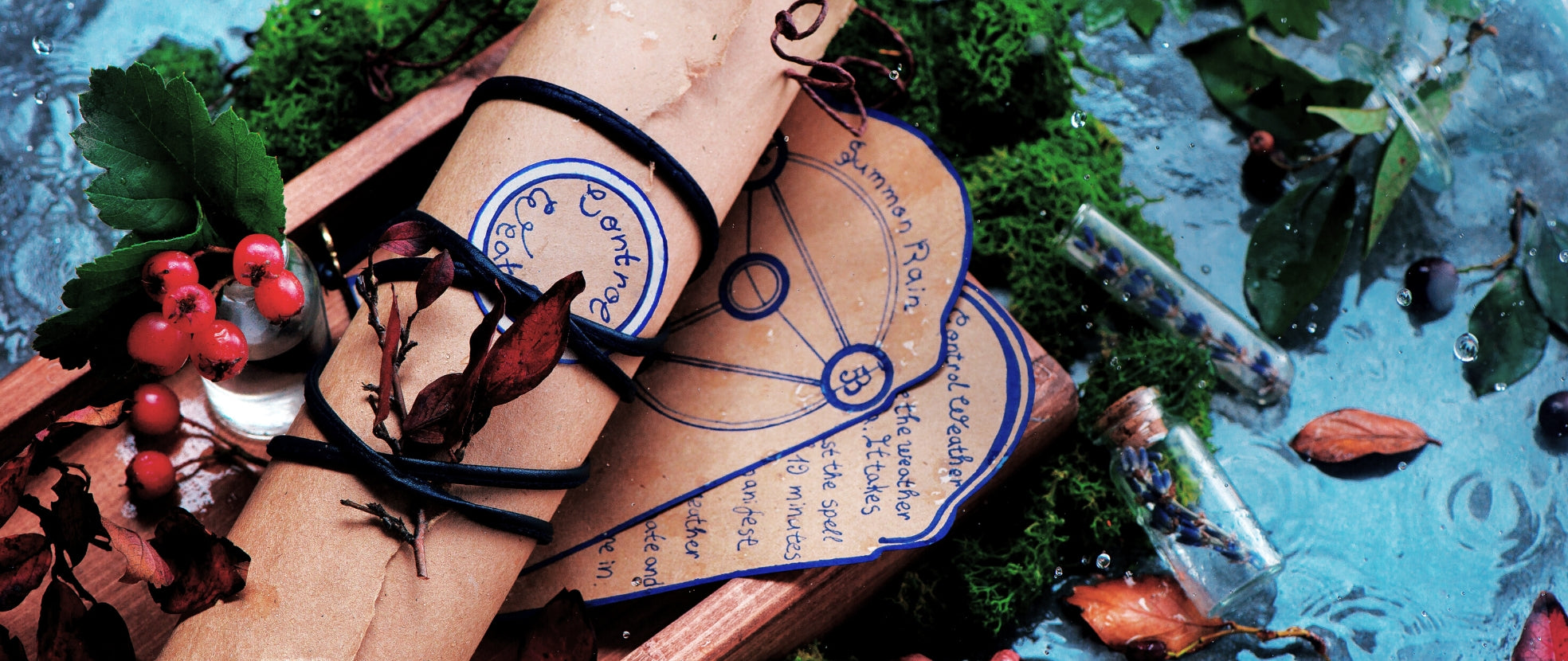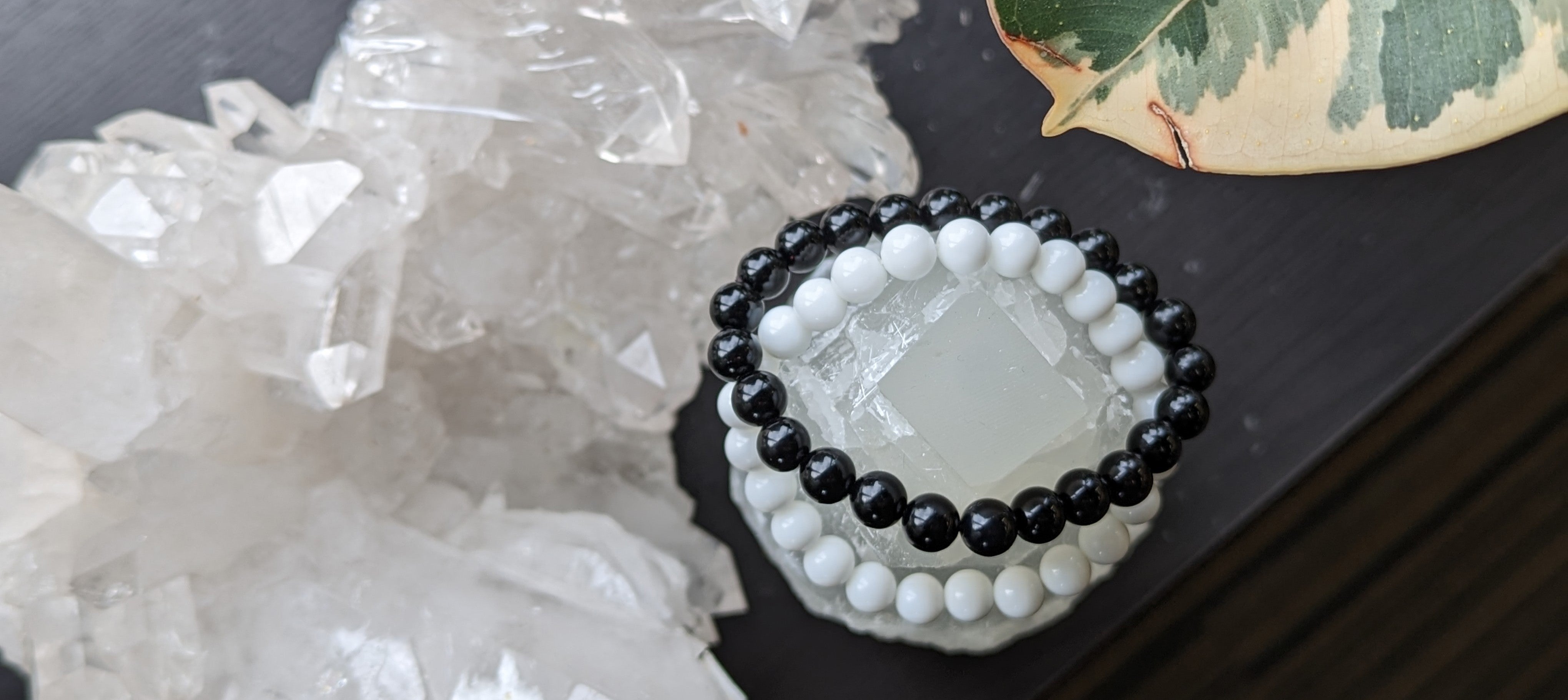White opal exudes arresting charm and magnificence. Its natural iridescence and angelic glow give it a timeless appeal which gem lovers find hard to resist.
And to those seeking calmness in their lives, white opal never fails to be a tangible reminder of peace, balance, and serenity.
Find out more about the properties that make white opal a unique and valuable treasure.
The Physical Properties of White Opal
Due to its pale to rich milky white colour, the stone is also called white milk opal. Some people also refer to it as porcelain opal because the stone reminds them of delicate, fine ceramic.
White opal also displays an iridescent play of colours called opalescence, although it is lighter in white opal because of its translucent body. This fascinating play of rainbow colours is much more visible in black opal due to the stone's dark-coloured base.
Opals are fragile by nature. In terms of hardness, they're about as hard as glass. So avoid wearing your white opal jewellery when playing sport or when engaging in any activity where it might come in contact with impact/hard surfaces to protect it from damage.
Clean your white opal stone with warm, soapy water and fibre cloth. Store it in a cushioned case separate from other stones to prevent scratching.

The History of White Opal
Archaeologists say that the earliest white opal relics were discovered in a cave in Kenya sometime in 4,000 B.C. It was believed to be used for making tools. First gem-grade white opal was discovered years later in Hungary and Czechoslovakia.
For ancient Romans, opals are the ultimate gemstone since they exhibit all the gemstone colours in a single stone.
The Greeks were also fond of white opal and attributed many healing properties to the stone. They believed white opal could protect against illnesses and even unlock a person's psychic abilities (e.g., receiving visions and prophecies).
How does opal form? Opal is formed through the combination of silicon dioxide and water. Water collects silica from sandstone as it runs through the earth. Then it delivers a solution rich in silica into the cracks and crevices formed by faults or decomposing fossils.
After the water evaporates, it leaves a silica deposit. The cycle continues on and on which then results in the formation of opal.
Most white opals in the market come from South Australia, specifically from the deposits Coober Pedy, Andamooka, Lambina, and Mintabie.
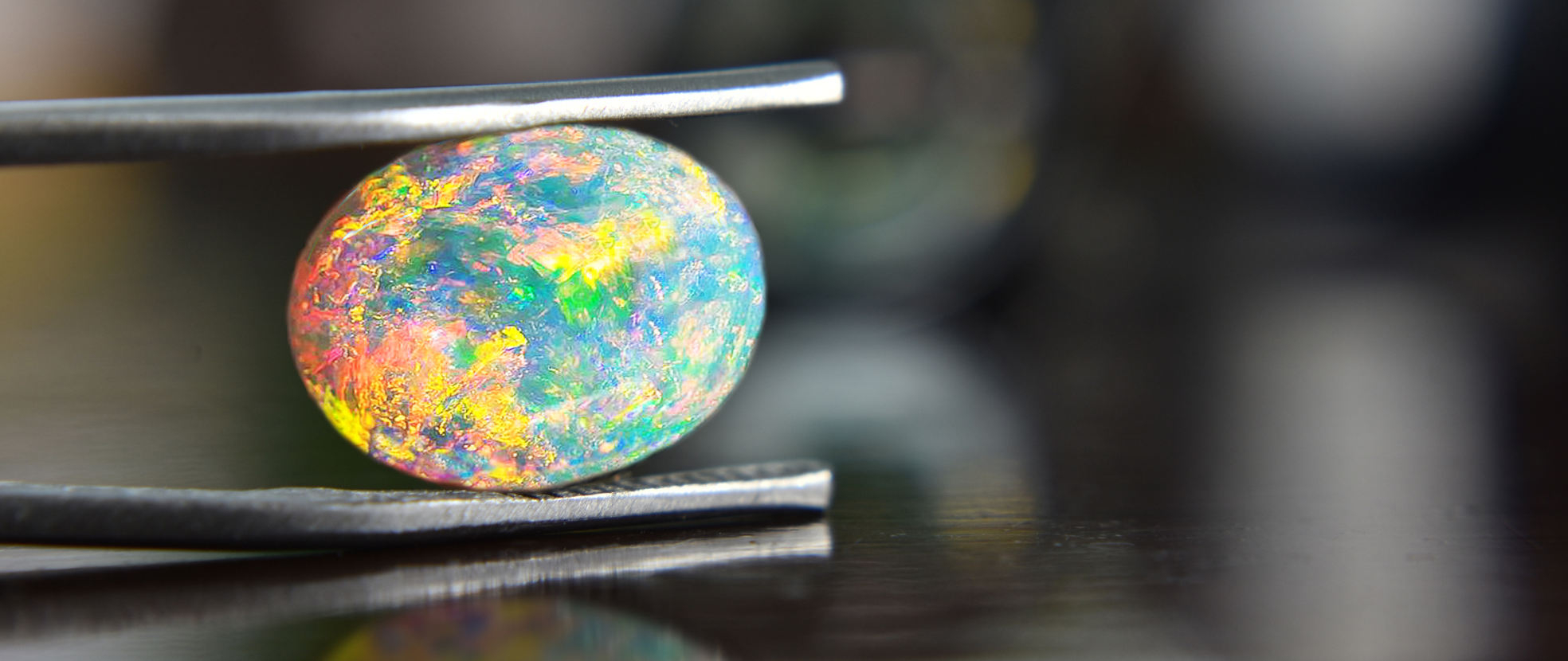
The Lore of White Opal
In the Middle Ages it is believed that white opal bestowed special powers to people with blonde hair. Some also believed that opal could make one invisible.
Sir Walter Scott wrote a novel titled Anne of Geuerstein which featured the tragic death of Lady Hermione, the main character, who died when a drop of water touched her opal.
The readers interpreted the story as a warning about the dangers of wearing opal. This (and Empress Eugenie's suspicions toward opals) led to the decline in the demand for opals.
The aversion to opals was only reversed when Queen Victoria dismissed the superstitions surrounding the stone. She gifted her daughters with white opals in their weddings and this helped spark a renewed interest in the stone.
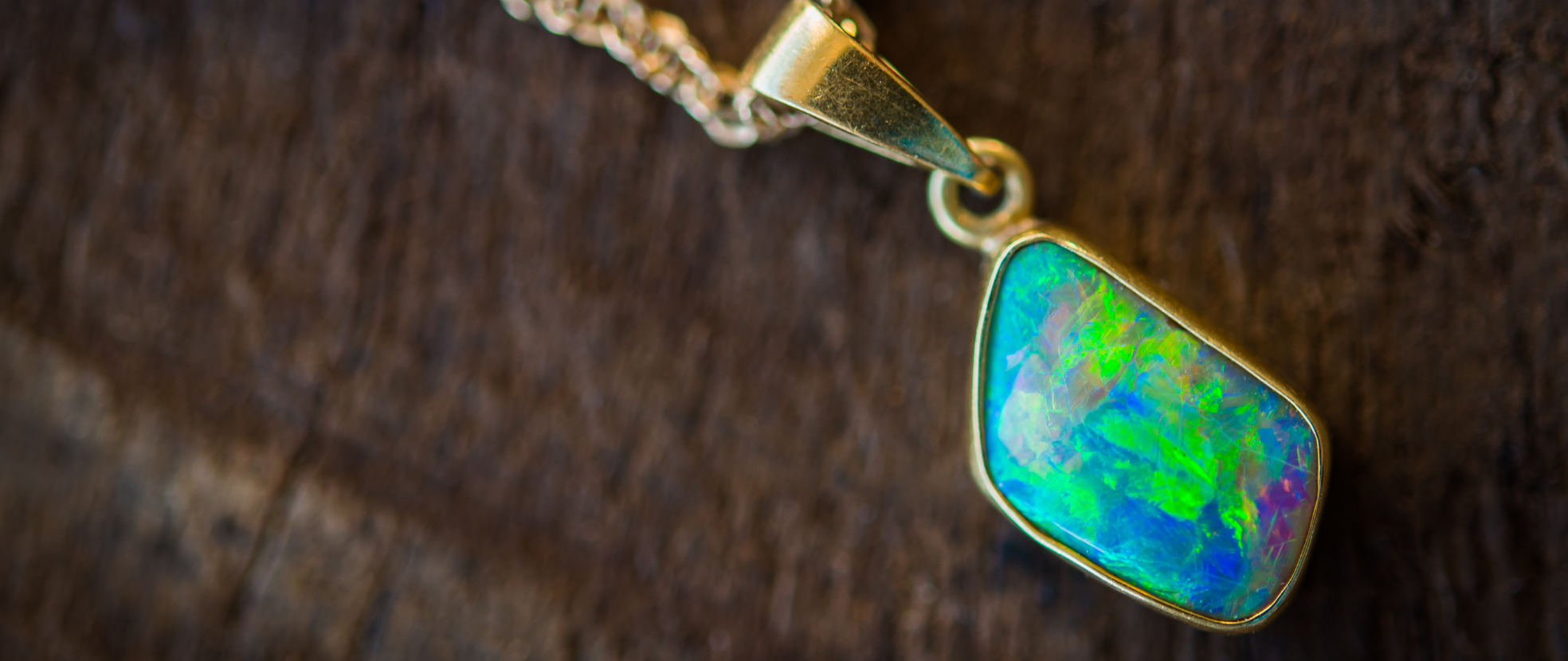
The Healing and Metaphysical Properties of White Opal
White opal is known to calm the mind and heart. It's one of the best stones to use when you're feeling restless or overcome by anxious thoughts. It will ground you in the present moment and keep you from dwelling in the past or fixating on the future.
It acts as a stone of protection, absorbing depressing or unwelcoming energies hanging over your space. When you're wading through challenging circumstances and relational conflicts, white opal will protect your peace and sanity.
As a result, you'll be able to come out of such situations without the energy of others rubbing off on you.
White opal balances the crown chakra to remove headaches, migraines, and unproductive thoughts. It also:
- Assists with letting go of unhealthy habits
- Promotes improved communication
- Increases positive thoughts
- Boosts confidence
- Increases self-awareness
White opal is also believed to treat anxiety, sleep problems, diabetes, eye diseases, and alleviate tachycardia (rapid heart beat).
Shop white opal
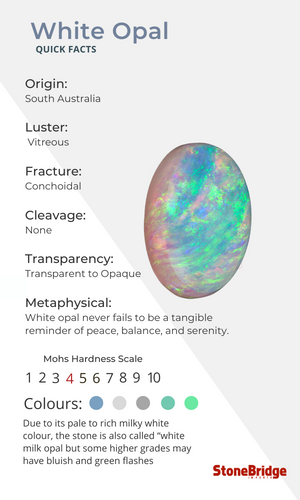
Sources:
A History of White Opal. (n.d.). ERAGEM. Retrieved August 10, 2022, from https://eragem.com/news/history-white-opal/
How is Opal Formed? (2022, August 9). Opals Down Under. Retrieved August 10, 2022, from https://www.opalsdownunder.com.au/learn/how-is-opal-formed/#:%7E:text=Opal%20is%20formed%20from%20a,leaves%20behind%20a%20silica%20deposit.
Middle Ages Definition, Dates, Characteristics, & Facts. (n.d.). Encyclopedia Britannica. Retrieved August 10, 2022, from https://www.britannica.com/event/Middle-Ages
Opal Facts & Myths. (2010, August 18). Opals Down Under. Retrieved August 10, 2022, from https://www.opalsdownunder.com.au/learn/opal-facts-myths/
Understanding Play of Colour and Patterns in Opal Gemstones. (2020, June 18). The Gemmological Association of Great Britain. Retrieved August 10, 2022, from https://gem-a.com/gem-hub/gem-knowledge/colour-patterns-opal-gemstones-rare#:%7E:text=Play%20of%20colour%20occurs%20because,the%20colours%20of%20the%20spectrum.
White Opal: The Ultimate Guide to Meaning, Properties, Uses and More. (2021, October 9). Gemstonist. Retrieved August 10, 2022, from https://www.gemstonist.com/white-opal/#Metaphysical_Healing_Properties
White Opals: History, Symbolism, Meanings, and More! (n.d.). Opal Auctions. Retrieved August 10, 2022, from https://www.opalauctions.com/learn/a-z-of-opals/white-opals#:%7E:text=Known%20as%20the%20%E2%80%9Ceye%20stone,makes%20sense%20considering%20its%20etym



